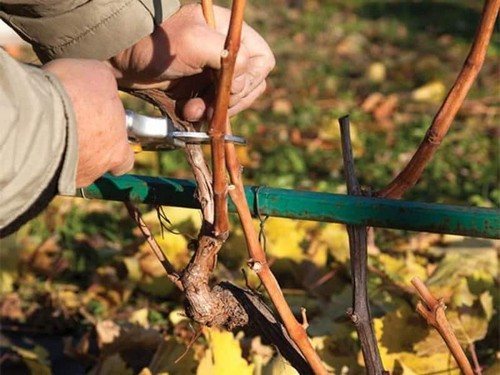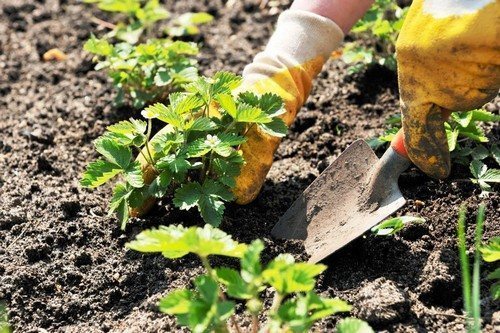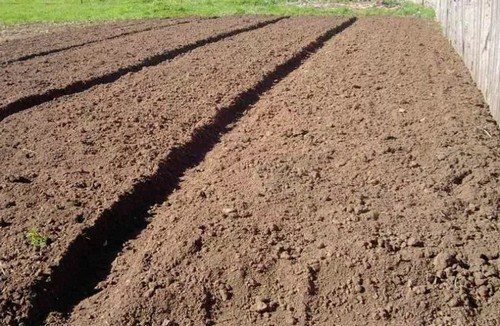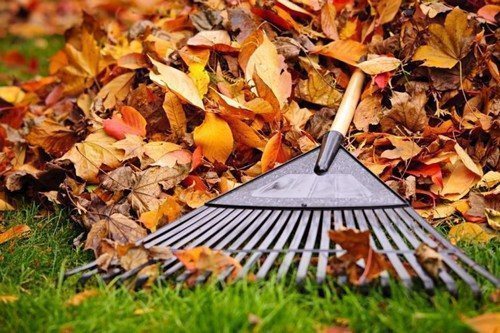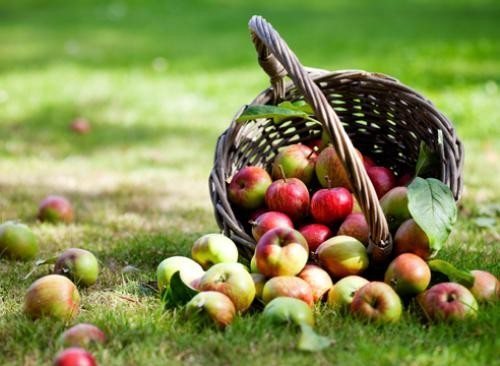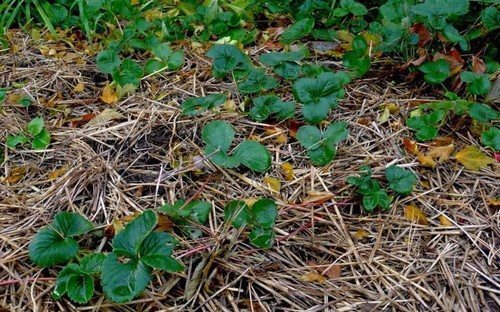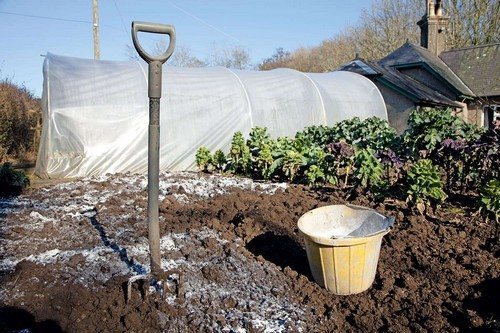In autumn, plants shed their leaves and prepare for winter sleep, so that in the spring they can delight us with a riot of colors, and in the summer – with a delicious harvest. To help the trees survive the harsh Russian cold, the garden must be watered, and this must be done before permanent frost sets in.
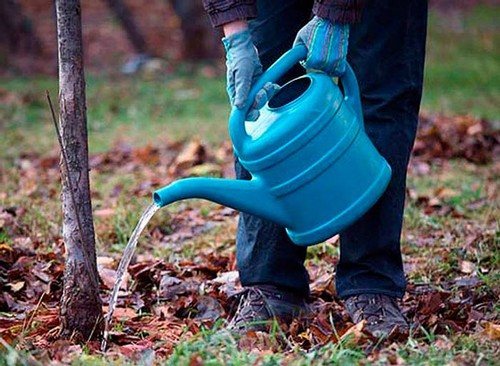
Why do you need to water your garden in the fall?
In winter, plants need moisture. Due to frost, water evaporates quite quickly from the branches, and the resistance of a tree or shrub to cold is greatly reduced. In some cases, the plant may simply freeze. To prevent such a sad ending for every gardener and prepare your crops for a harsh winter, you need moisture-charging irrigation.
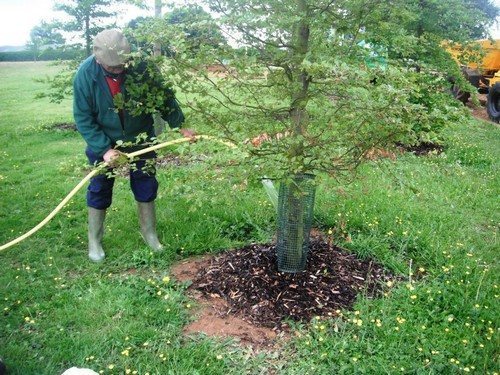
Moistened soil conducts heat well and thus helps save roots from frostbite.
Moisture-charging irrigation is necessary if autumn and summer were dry. However, it is very important not to overdo it, as too wet soil lacks air, which can lead to damage and death of the roots.
Different crop varieties respond differently to dry soil. Fruit and coniferous trees are among the most moisture-loving plants, so they especially need autumn watering.
How to determine that the soil needs watering?
There is a way to determine how well the soil is hydrated. Between the trees you need to dig a small hole about 50 cm deep and take some earth, then crush it in your hand.If a lump forms easily, then the soil is well moistened and does not need additional moisture. It is also worth checking whether the wet ball leaves a mark on the paper. In the case where there is no trace, the soil needs additional moisture, but not too much. If the lump crumbles, then the trees need thorough watering.
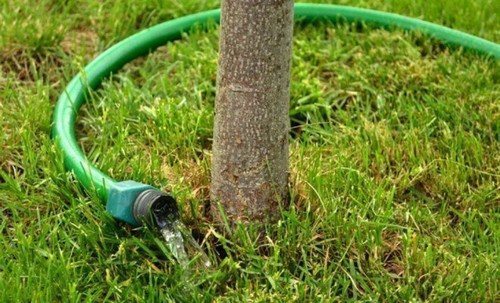
5 rules for winter water-charging irrigation
In order for watering to bring only benefits to the garden and not harm the trees, you need to follow a few simple rules:
- Do not water in lowlands and clay soils, as this can lead to waterlogging and plant death. Podzolic and forest soils, on the contrary, need abundant watering in the fall.
- The end of October or the beginning of November is the most suitable time for watering. Plant growth will have stopped by this time.
- Combine watering with fertilizing. Manure, ash and mineral fertilizers are perfect for this. Nutrients along with water will reach the roots and help the trees survive the winter, preparing them for spring awakening.
- Water deeply; small amounts of water only weaken trees and shrubs. Moisture should penetrate to a depth of 1-1.5 m.
- Consider the moisture needs of different tree varieties and do not over-wet the soil. Too much water will do more harm than good.
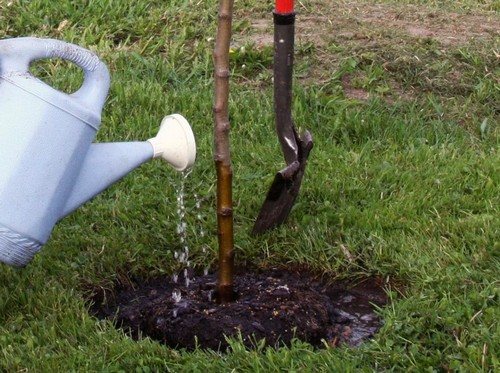
For an experienced gardener, autumn is not the time to finish all the work in the garden. After harvesting, the work even multiplies, since the trees need proper preparation for winter. Moisture-charging irrigation is a necessity, thanks to which crops will delight with juicy and tasty fruits for many years.


